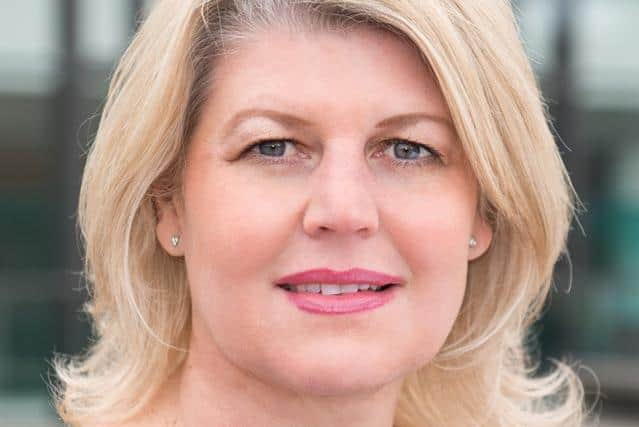Women earn more than men at Wigan Council – bucking a national trend
and live on Freeview channel 276
Employers with 250 or more workers must publish figures on differences in pay between their employees through the Government's gender pay gap service.
Most local authorities in England and Wales submitted figures for the year to March 2022, with around a third of councils already doing so for the latest financial year.
Advertisement
Hide AdAdvertisement
Hide AdThe figures show the median hourly salary for women at Wigan Council was 8.7 per cent more than for men in the year to March 2021 – meaning women's pay has decreased in relative terms, with women earning 12.5 per cent more than men at the organisation.


Of the 307 councils that provided data for 2021-22, the average local authority paid women three per cent less than their male colleagues – a small improvement from 3.3 per cent the year before.
Data for 2022-23 puts the pay gap at around 2.9 per cent – although only 119 have submitted data so far, with Wigan Council still to do so.
But Wigan Council has had three female chief executives in a row now, Alison McKenzie-Folan being the latest.


Advertisement
Hide AdAdvertisement
Hide AdThe town hall said it was proud to be bucking a national trend; the sheer number of female employees on its book having no doubt affected the figures too.
A spokesperson said “Wigan Council has consistently broken the trend on the gender pay gap, with the median hourly salary for women being slightly higher than it is for men for the last few years.
“We have a large proportion of women in our workforce which is likely to have driven this trend.
“We are also proud to be an inclusive employer, with a ‘Team Wigan’ culture and a generous and supportive wellbeing offer which includes carers leave, flexible working options, and specific support around the menopause. We also provide a comprehensive learning offer and opportunities to learn and grown.
Advertisement
Hide AdAdvertisement
Hide Ad“Recently we celebrated amazing women across the borough at the International Women’s Day event, celebrating our rich history of women who make waves in the world, looking to the future, and recognising inspiring women across our communities.”
Jemima Olchawski, chief executive of the Fawcett Society, which campaigns for women's rights, said: "While it's an important step, Gender Pay Gap Reporting isn't a solution on its own.
"As these figures show, there is a gulf between the best-performing and the worst-performing local authorities."
Across England and Wales, 12 councils reported a gender pay gap of more than 20 per cent in 2021-22.
Advertisement
Hide AdAdvertisement
Hide AdMeanwhile, 89 councils paid women more than men – with Three Rivers District Council in Hertfordshire reporting a 45 per cent difference.
The number of outsourced employees and differences in the services provided by each council is like to play a role in the variation between them.
Ms Olchawski added urged employers to publish plans on how to tackle their pay gaps, recommending that local authorities share knowledge with those that "need to up their game".
The Local Government Information Unit, a membership body, said councils are moving in the right direction on the gender pay gap – but added there is "more work to be done", particularly in senior positions.
